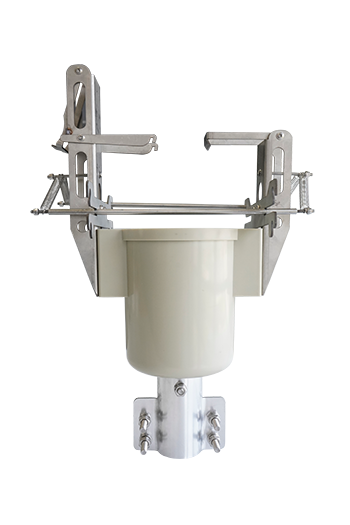News
Basic Functions of RTU Remote Terminal Unit
Date:2022-10-11
RTU remote terminal unit, the remote measurement and control terminal, belongs to the intermediate equipment of the sensor network layer and the transmission network layer, and is also the key equipment of the Internet of Things. A network interface method to transmit to the Internet. Without it, sensor data will not be able to be sent to the designated location, and the networking of "things" will cease to exist. RTU is an intelligent terminal device that realizes remote data acquisition, processing, storage, encryption and transmission based on 4G, 3G, 2G, LoRa, RJ45 and other communication networks. Facility monitoring, data interaction, operation control and other IoT application scenarios.

1. Remote Terminal System RTU (Remote Terminal Unit)
The full name of RTU is Remote Terminal Unit in English, and the full name in Chinese is Remote Terminal System. RTU is a remote measurement and control unit, which is responsible for monitoring and controlling on-site signals and industrial equipment. RTU is the core device that constitutes an enterprise's comprehensive automation system. It is usually composed of signal input/output modules, microprocessors, wired/wireless communication equipment, power supplies and housings. It is controlled by microprocessors and supports network systems. Through its own software (or intelligent software) system, it can ideally realize the functions of telemetry, remote control, remote signaling and remote adjustment of the primary instrument on the production site by the central monitoring and dispatching system of the enterprise.
RTU is the basic unit of SCADA system. RTU is an electronic device installed on a remote site. It is used to monitor, measure and collect sensors and equipment installed on a remote site. It is responsible for monitoring and controlling on-site signals and industrial equipment. The RTU converts the measured state or signal into a data format that can be sent on the communication medium, and it also converts the data sent from the central computer into commands to implement functional control of the device.
Since RTU is a dedicated device, there is no unified standard, especially in communication. Usually, the RTU of one manufacturer cannot be mixed with the RTU of another manufacturer. The transformation and competition of protocols have formed an industry. .
1.1 Data Transfer Unit (DTU)
The data transmission unit DTU is a wireless terminal device specially used for converting serial port data into IP data or converting IP data into serial port data for transmission through wireless communication network. Broadly speaking, during communication, the module units responsible for sending data information at both ends of the data transmission link are called DTUs, which perform format conversion and data sorting and verification on the transmitted information. In a narrow sense, DTU generally refers to the lower GPRS/CDMA transmitting terminal equipment in wireless communication. The former is a module, while the latter is a device. The following introductions refer to the latter (lower transmitting terminal equipment) unless otherwise specified.
1.2 The difference between RTU Remote Terminal Unit and DTU Data Transfer Unit
For example, for a light in the distance, the bulb is RTU, and the wire is DTU. RTU is more complex than DTU. It has some control functions, and can have analog and switch input and output. DTU is relatively simple. If you only need to realize the function of remote data transmission, then only DTU can be used. RTU is also much more expensive than DTU.
2. Basic functions of RTU Remote Terminal Unit
2.1 Remote communication: remote communication with the application platform through 4G/3G/2G, LoRa, RJ45 network.
2.2 Data collection: collect output data or signals from sensors, measuring instruments, PLC, etc.
2.3 Status monitoring: monitor the power supply status, start/stop status, fault status and operating conditions of various equipment.
2.4 Equipment control: remote control equipment start and stop; remote set equipment working mode.
2.5 Abnormal alarm: When the data/status is abnormal or the equipment fails, the alarm information will be automatically uploaded.











































